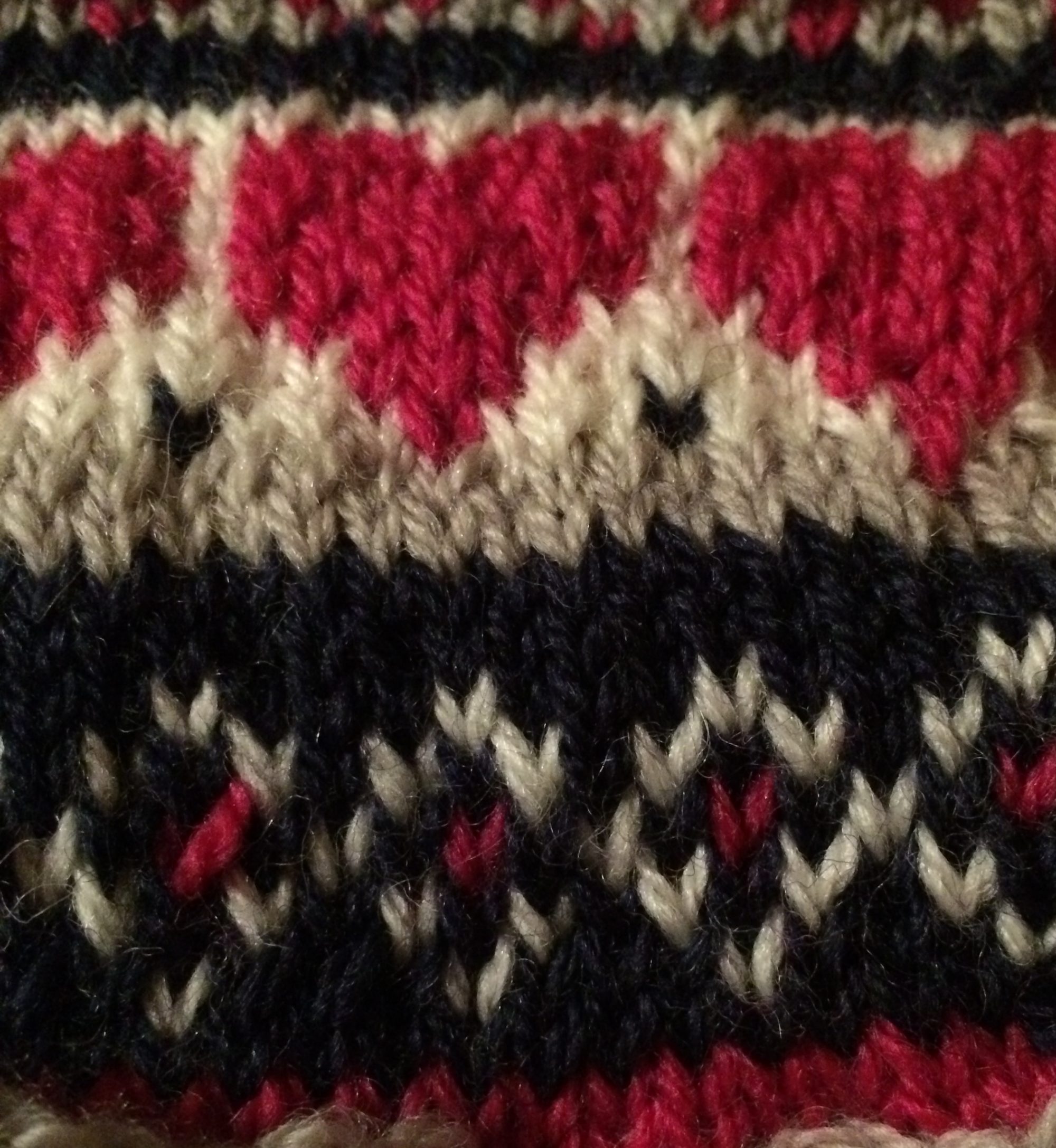
I often receive compliments about my hand knits; but I’m reminded of how fearful many people are about washing their knits; so here’s my fail-safe guide to washing and storing; and a better PR for all things woolly!
“Oh, but you have to be so careful with wool don’t you?”
It’s not the first time I’ve heard it; and it’s likely to not be the last; but I often hear this said as a statement rather than a question; and each time I feel compelled to help alleviate fears about washing hand knits. To be honest, I think most of us have either had a bad experience with shrinking or felting a wool item, or we know someone else who has. And this can put people off of buying 100% wool; which is a real pity, as wool is a readily available by-product. Unlike its man made alternatives such as polyamide, nylon or acrylic, wool is warmer to wear; but also less likely to make us sweat, as its a natural and breathable fabric. Oh but how to wash it?
Well, as I often reply to the above statement – sheep don’t shrink! Just think about that for a minute. They really don’t, and they’re out in all weathers. Albeit with shelter; sheep live outside usually all year round, in wind, rain, hail, sleet, snow and sunshine; in cold, mild and warm temperatures and their fleece doesn’t shrink….
There are a few standard rules you have to follow for hand knits and pure wools though
Always use a wool cycle. Most front-loading machines have a wool cycle. If not, then when you next have to buy a washing machine, buy one with a wool cycle which carries the wool mark. Most machines will have a delicate cycle, but this isn’t the same as a wool cycle.
Wash at 30°C. Remember the sheep in the field? They’re not usually in temperatures exceeding 30°C (not here in the UK anyway!) so don’t wash your woolies on anything hotter. You will shrink or felt them. Going back to the point above, the wool cycle on a machine is 30°C and a delicate cycle is usually 40°C which is asking for disaster…
Don’t skimp on decent detergent. I would hope this goes without saying, but don’t buy cheap detergent and expect the results you want to see. You need a detergent that carries the wool mark to guarantee its safe to use on woolies. I prefer to use Woolite personally. It cost between £3.50 to £4; but it’s worth it in my experience. A good detergent will also help soften the fibres of your garment.
Don’t wash one wool item on its own. In my own experience, washing a load of woolies together means they’re less likely to be agitated or pulled about too much. If you want, you can use a pillow case for woolies, but I prefer to put all items in the machine together and skip the pillow case. If you’re struggling to make up a full load of wool, then consider adding knitted acrylic fibres to make the load up. Your acrylic knitted jumper and cardi will appreciate the extra care!
Don’t put woolies in the tumble dryer. Does anyone really think this might be a good idea?? Leave your woolies to dry naturally away from direct heat, draped over a clothes horse or airer. If your woolies have been stretched a bit you can gently pull them back into shape at this stage when they’re wet. Wool really is very forgiving if you take the care and patience to tend to it.
Don’t hang you woolies up. Wool garments need folding and storing flat in a cupboard or on a shelf. Hanging them will stretch them from the shoulders over time. Use moth balls or repellent to keep moths at bay. I have some lavender scented moth repellent which isn’t as strong smelling as moth balls but does the trick nicely.
Knit up a tension square. I know I’m always banging on about tension squares, but this is the ideal way to see how your wool is going to fair in your washing machine and will give you confidence when washing your completed garment.
Keeping to these simple rules will help ensure your knits stay looking good for years to come. Personally, I don’t think you can beat the feel of pure new wool against skin and it looks and lasts so much longer than it’s synthetic alternatives.
Happy washing!

